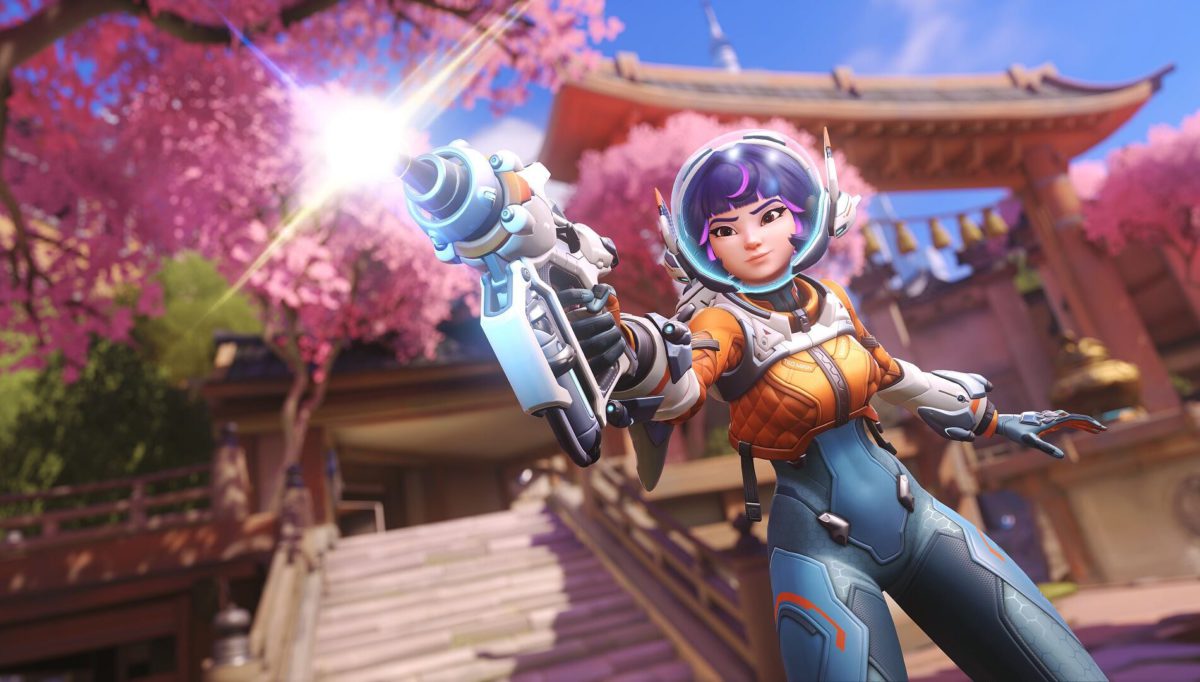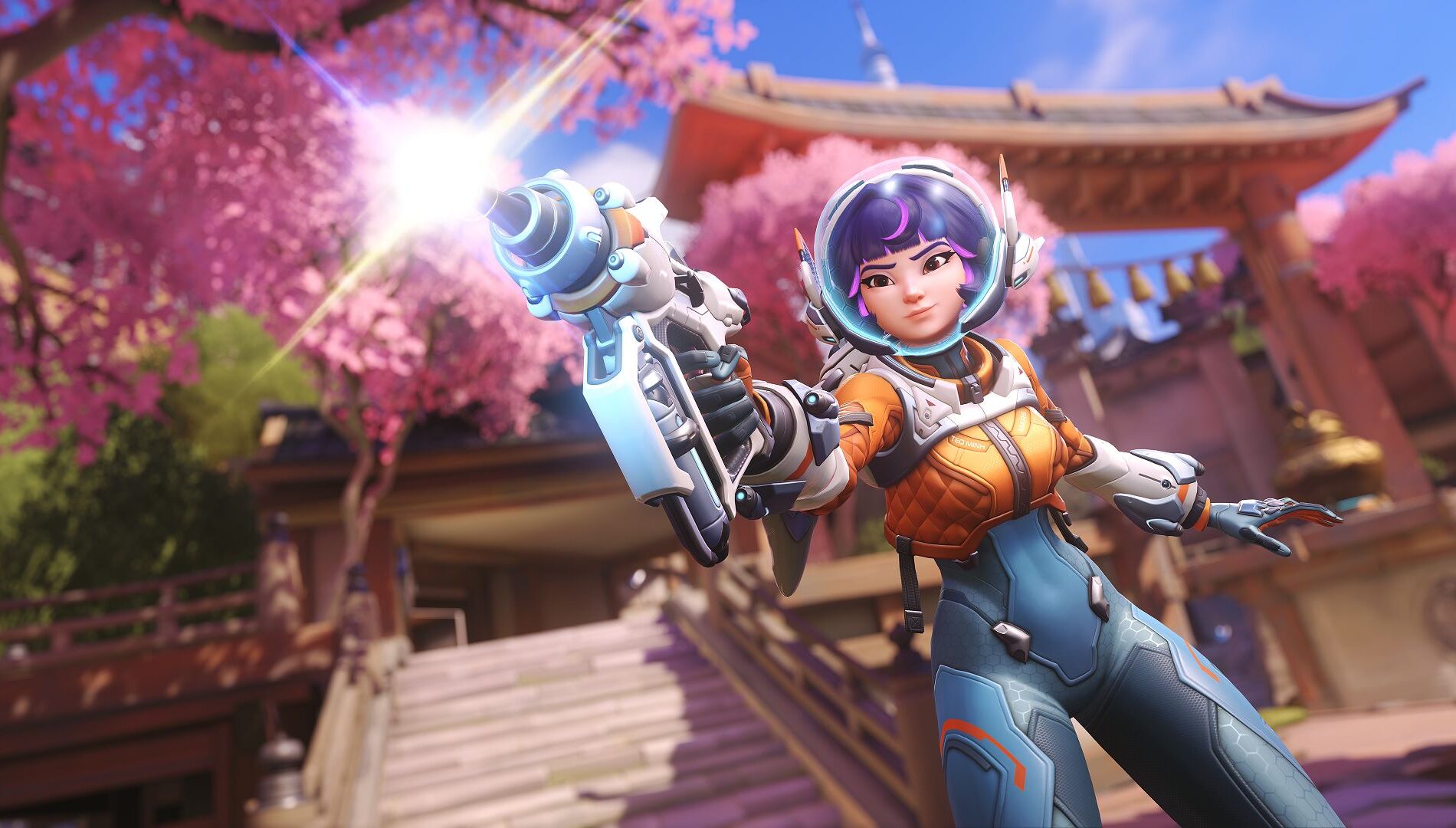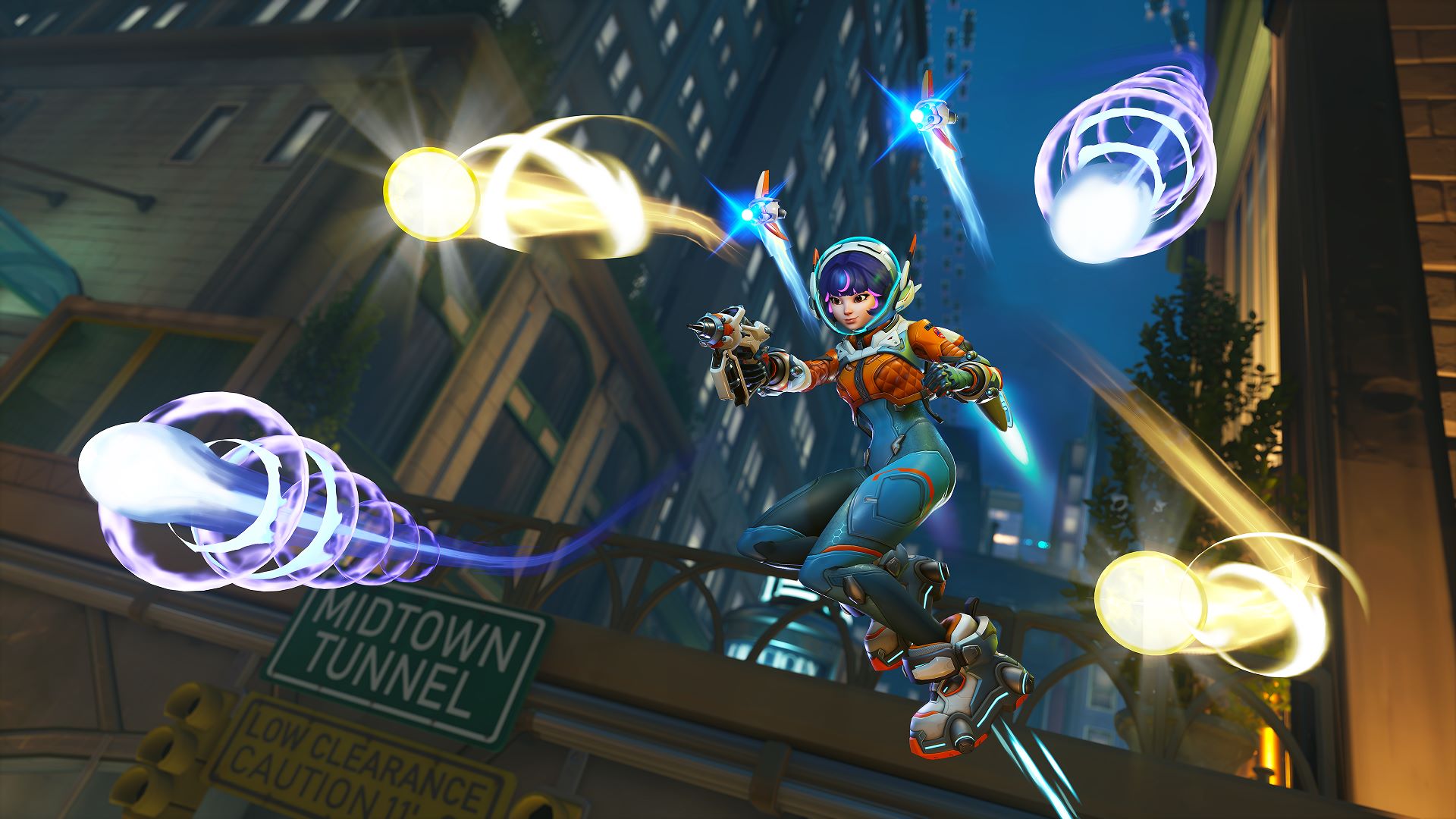Shambling out of the seventh-generation graveyard for its second remaster, Capcom at least deserves credit for bringing Dead Rising itself in line with accepted zombie lore. That is, it too is now officially a stubborn corpse that refuses to stay dead. However, Dead Rising Deluxe Remaster earns credit for more than just that. Capcom has injected a series of smart tweaks to the gameplay that make surviving a zombie-infested mall less frustrating than it was 20 years ago, but it does so while still preserving the feel of the original’s challenging, time-limited experience. Combined with a fresh visual overhaul, the result is easily the best way to play what’s still the best Dead Rising game – even if the occasionally creaky combat is certainly showing its age through a modern lens.
Remasters and remakes of already strong video games can be a little hard to appraise. They can be fantastic yet inescapably inessential, like The Last of Us Part 1 – a remake of an existing, excellent remaster that was already hard to fault on a console just a single generation old. Alternatively, they can be literally nothing more than a small resolution bump, like the 2019 remaster of 2009’s Ghostbusters: The Video Game. I adore Ghostbusters but, aside from saving it from being marooned on PS3 on Sony’s side of the fence, what did re-publishing it as a bespoke product achieve that the ‘Enhanced’ 4K updates delivered to dozens of Xbox 360 games for free did not?
In fairness, Dead Rising Deluxe Remaster makes a far clearer case for itself, because it isn’t just slightly better looking. Crucially, it’s also a better game to play.
Kill ’em Mall
For clarity, this is not a ground-up do-over in the same spirit as its undead Capcom cousins, though it is driven by the same RE Engine that powers all recent Resident Evil remakes. Cutscenes and conversations are all running on the same rigging, and it does largely feel like the 2006 classic is chugging away under the glossy surface most of the time.
It is a vast visual improvement, but that’s hardly a shocking revelation considering the 18-year-old source material. The increase in fidelity boosts the facial animations to a level that was virtually non-existent before. I don’t really have a position on Dead Rising Deluxe Remaster’s older and wearier Frank West. More dad bod, less heartthrob; it makes no meaningful difference to me. I am jealous of his shoulders, though, which seem slightly more immense this time around. Seriously, the bloke is built like a 4:3 man in a world of widescreen.
At any rate, it’s the world of Willamette Parkview Mall that remains the real star here. Exploring the detailed stores, each with their distinct themes and ranges of weaponisable products, was deeply nostalgic – doubly so considering how much I desperately miss CD and DVD shops, and Willamette has four of ’em.
It’s not without defects, though. Pop-in is particularly prevalent in the outdoor Leisure Park area, which is disappointing. There are also occasional textures that are consistently late to sharpen up, and some literal signs of AI-upscaled nonsense (on a door plaque that’s overtly closed in our faces during an early cutscene, no less) do make me wonder about how many human eyeballs passed over these assets on their way into the finished product.
However, the more important tweaks in Dead Rising Deluxe Remaster concern how it feels rather than how it looks. While the original control scheme is still included, I warmed to the new controls instantly. I certainly couldn’t go back now.
The ability to move while aiming is a sizeable shift. Even though it makes cheesing some of the dopier bosses a lot easier, it’s a big part of what makes the new controls feel far less clunky. Special moves have been shifted to button presses rather than requiring expert manipulation of the right stick. On the flip side, answering radio calls and issuing commands to the survivors you have in tow has been moved to analogue stick presses, meaning we can continue moving in any direction without being interrupted. I found I could jog, carve a path through zombies, and bark commands at the moronic mallrats I’d mustered together without skipping a beat. It also helps that survivors are noticeably smarter than they were in the original. They’re not completely immune from pathfinding problems, and things begin to look quite janky when herding large groups, but it’s a tidy improvement overall.
Weapon durability is now illustrated, and navigation is also improved markedly. The original’s nebulous arrow has been replaced with a working compass and distance indicators, which help distinguish when objective locations are on different floors and make it clearer when fresh objectives are close by. It makes it a lot easier to see whether a newly noticed survivor is worth diverting for on, say, your current trip back to the security room. Combined with the new auto-save mechanic, it’s a real timesaver. I’ve picked up far larger groups of survivors in Dead Rising Deluxe Remaster than I ever dared to back in 2006.
The constant loading times between areas are admittedly a bit draining in 2024, but the auto-saves that trigger upon passing between them are a game changer. Yes, it’s true a certain degree of frustration is part of the original Dead Rising’s DNA. It asked players to make difficult and timely decisions, settle on sometimes-unfortunate compromises, and improvise when things went wrong. That said, I think the new auto-save system is a fair and modern middle ground. Dead Rising Deluxe Remaster is easier because of it, but it does remain a rigidly time-sensitive experience that demands a considerable amount of plate spinning. If you do want to schlep all the way back from a save point as a matter of principle, there are now 20 save slots and you’re certainly free to play it that way. Personally, I’m okay with the challenge without the tedium.
Wrecking Mall
In contrast, there are some changes that don’t work, including portions of the re-recorded voice acting. It’s good that all the survivor and radio dialogue is fully voiced now (although there are times where the survivor chatter sounds like a completely different person than you initially spoke to). However, some of the replacement performances for central characters are a little more stilted, which only tends to highlight the awkwardness of the script’s clumsiest lines.
Speaking of the script, there are also some slightly baffling changes in that regard, too – but none more so than the scrubbing of Cliff’s history as a Vietnam War veteran. To refresh, Cliff is the “psychopath” found in Crislip’s Home Saloon who’s suffered a complete break from reality; the horrors of the zombie outbreak have sent him directly back to the war. If there was a genuine concern here regarding trivialising PTSD amongst combat veterans, I’d get it, but Cliff is still overtly a military man. It just comes across like someone didn’t want Cliff to call Frank a “filthy communist.” That’s pretty inane censorship in a game that saw fit to leave, say, its hugely horny hostage-taking cop otherwise intact.
Of course, it’s hardly game breaking, but it’s a shame something so small has been prioritised over things that would’ve made Dead Rising Deluxe Remaster genuinely better. For instance, the prisoner psychopaths in the Humvee still respawn after a few hours. That always felt like a mistake (or, at a minimum, a cheap trick to pull on players) and it doesn’t make any sense. No other unique psychopaths respawn like that.
The elevator to the roof is eventually always still full of zombies. That was dumb then, and it’s still dumb. Having it filled with zombies occasionally would be a shock. As it is, it’s just tiresome, especially when all you need to do is dart in and spam interact to trigger the elevator anyway. As long as your survivors were close enough to the lift to begin with, you’ll all still appear safe on the empty roof regardless of how many zombies were in the lift. Dead Rising Deluxe Remaster could’ve massaged that.
Then again, maybe it couldn’t have. Maybe some of that jank is too deeply baked into the original gameplay to be removed without breaking something else. I also guess it isn’t the only stuff that comes across as a little shonky by contemporary standards. We are talking about a game where you need to shoot a woman in the face with a sniper rifle until she calms down, or fill a man’s body with bullets until he runs away healthy, leaving your ally totally crippled with the one shot in the entire shootout that seemed to matter. Hey, it’s old. It’s how we used to do things.






 Token will no longer be purchasable after December 9, 2024. The OWL shop will remain open until at least December 2025, with limited inventory purchasable with players’ remaining OWL token balances.
Token will no longer be purchasable after December 9, 2024. The OWL shop will remain open until at least December 2025, with limited inventory purchasable with players’ remaining OWL token balances.